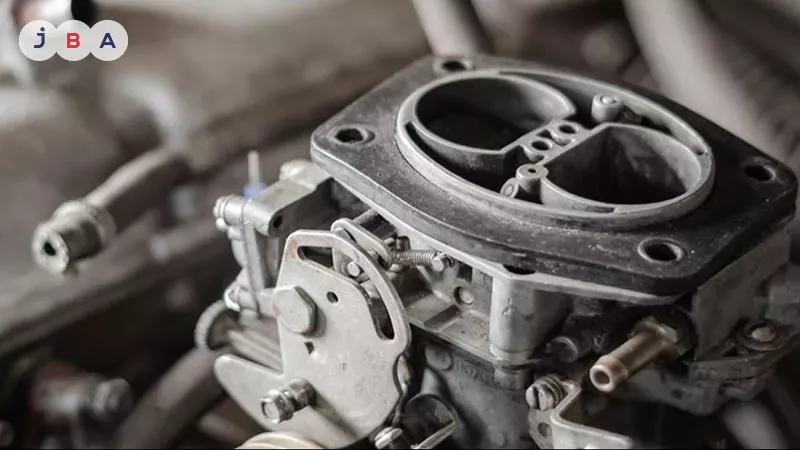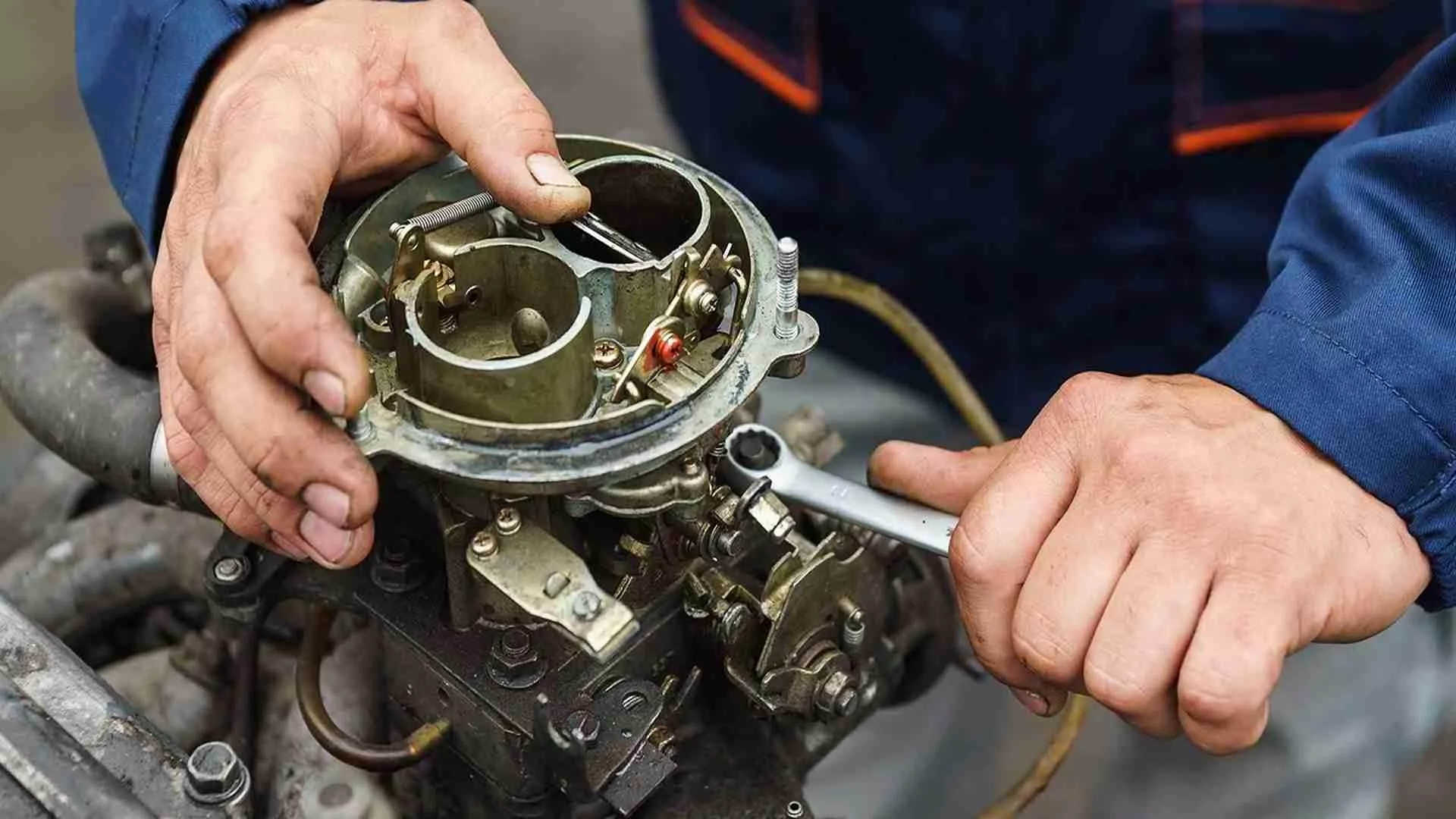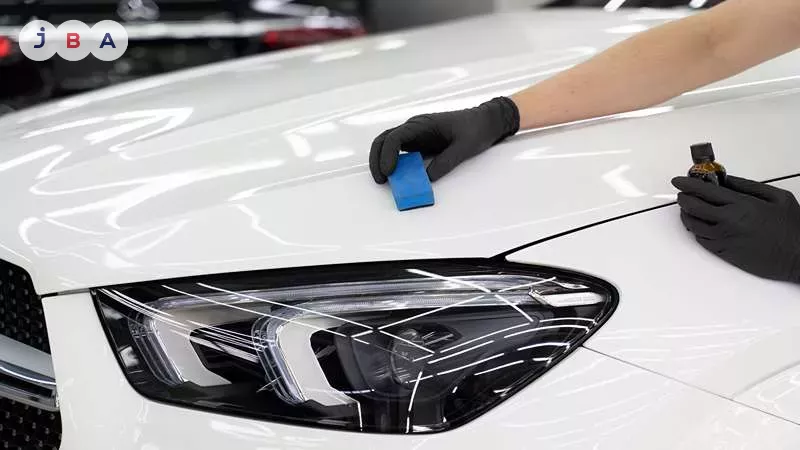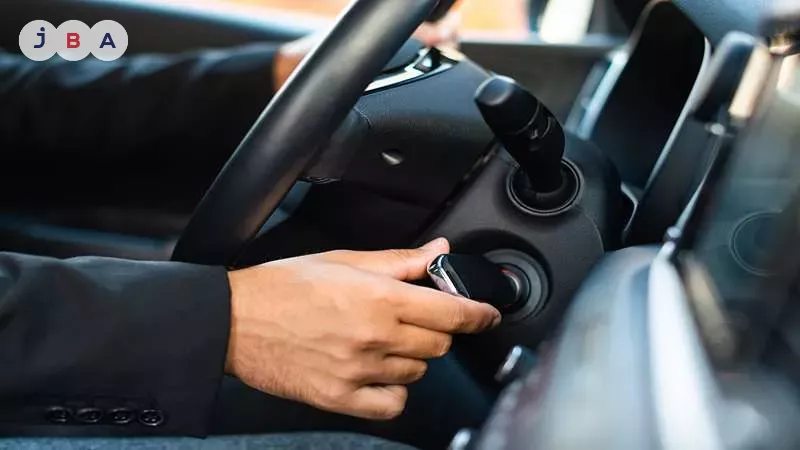- Participate Online Auction
- login
- Register Auction
-
JBA IndonesiaBantuan & Panduan

Car carburetor components are essential parts that work together to mix air and fuel before entering the engine’s combustion chamber. The carburetor itself is a conventional fuel-mixing system widely used in older vehicles before fuel injection (EFI) technology became the standard.
The carburetor plays a vital role in maintaining the balance between air and fuel so that the combustion process runs properly. If the mixture contains too much or too little fuel, it can reduce engine performance, increase fuel consumption, and produce higher emissions. Therefore, the carburetor must be properly maintained and adjusted to keep the engine efficient and powerful.
Understanding carburetor components is important for owners of older vehicles, as most cars from the 1980s to the early 2000s still use this system. By knowing the function and operation of each component, you can more easily perform maintenance, tuning, or even minor repairs when problems occur. This knowledge also helps you maintain optimal engine performance without relying solely on a repair shop.
One of the most important parts is the float chamber, which functions to maintain a stable amount of fuel entering the engine. Inside, there is a float that moves up and down according to the fuel level, automatically opening or closing the fuel valve.
When the fuel reaches a certain level, the float rises and closes the valve to stop the fuel flow. Conversely, when the level drops, the float lowers and the valve opens again to refill the chamber. This component, typically located at the top of the carburetor, plays a key role in maintaining the ideal air-fuel mixture for optimal combustion.
The float regulates the fuel level inside the float chamber. When the fuel reaches a specific height, the float rises and closes the needle valve to stop the inflow, preventing excess fuel that could cause flooding.
Its role is crucial to maintain the balance of the air-fuel mixture so combustion can occur efficiently. The float should be checked periodically to ensure there are no leaks or damage affecting carburetor performance.
The choke valve is a carburetor component that adjusts the air-fuel mixture by controlling pressure inside the intake manifold. When starting a cold engine, the choke valve closes partially or completely to reduce incoming air, creating a richer mixture. This helps the engine start and run smoothly at low temperatures.
When the engine is cold, the closed choke increases vacuum pressure in the carburetor, drawing in more fuel from the float chamber into the air stream going to the cylinders. This process is essential because, at low temperatures, fuel doesn’t vaporize completely and needs a richer mixture for proper combustion.
Once the engine reaches its normal operating temperature, the choke valve should reopen to restore the ideal air-fuel ratio. This allows the engine to run efficiently, save fuel, and produce cleaner emissions. Overall, the choke valve ensures the engine starts and operates smoothly, especially in cold conditions.
The throttle valve, or gas valve, regulates the amount of air-fuel mixture entering the combustion chamber. When the accelerator pedal is pressed, the throttle opens wider, allowing more mixture to enter the engine and increase power.
It works alongside the main jet to adjust fuel supply based on engine demand, especially during acceleration. Even though most modern vehicles now use fuel injection, the throttle valve remains essential in carburetor systems.

Sumber: lifelanes.progressive.com
The main jet controls the amount of fuel mixed with air before entering the combustion chamber. It resembles a small needle that determines how much fuel exits the carburetor.
At higher engine speeds, the main jet opens wider to increase fuel flow and boost engine power. The jet size must match the vehicle’s specifications to ensure efficient combustion and prevent carburetor damage.
The jet needle regulates the fuel volume flowing through the main jet. It moves up and down with the throttle, and its tapered shape allows precise fuel control.
This component is crucial for maintaining the right air-fuel ratio under various conditions, idle, acceleration, or high speed. Choosing the correct jet needle ensures the engine remains efficient and responsive.
The slow jet supplies the air-fuel mixture when the engine is idling or running at low speed, keeping it stable even when the vehicle is stationary.
It must be cleaned regularly since dirt or residue can clog the fuel passage. If the engine idles roughly or stalls often, the slow jet may need cleaning or adjustment to restore proper carburetor performance.
These two carburetor components adjust the air-fuel mixture. The piston valve screw controls the venturi passage size, which affects airflow and fuel entry speed. Meanwhile, the pilot screw fine-tunes the mixture during idling.
Incorrect adjustment may lead to poor fuel efficiency or power loss. Therefore, both screws must be properly set to ensure smooth and efficient engine operation.
The main nozzle channels fuel from the float chamber into the venturi system for mixing with air. Positioned at the fuel surface level, it ensures stable and precise fuel delivery.
Its role is crucial in determining how much fuel enters the combustion chamber. Even though modern cars now use injection systems, the main nozzle remains essential for carbureted engine performance and efficiency.
The venturi accelerates airflow toward the combustion chamber. Its narrow midsection creates a suction effect, allowing fuel to mix evenly with the incoming air.
This principle ensures optimal combustion, generating sufficient power without excessive fuel use. Because of its importance, the venturi must always be kept clean to maintain smooth airflow.
As one of the key components in the fuel system, the carburetor greatly influences engine performance and efficiency. Understanding its functions and parts helps vehicle owners maintain the engine’s condition for long-term reliability.
If you’re planning to buy a used car, you can join a car auction at JBA. As a trusted auction house in Indonesia, JBA offers safe, transparent, and flexible auctions that can be joined online or offline based on your preference. For more information or inquiries, please contact JBA via WhatsApp at +62 817-0993-078. Don’t forget to follow all our social media accounts to get the latest updates!

There are several ways to...

Owning a commercial vehicle...

Have you ever faced a...

